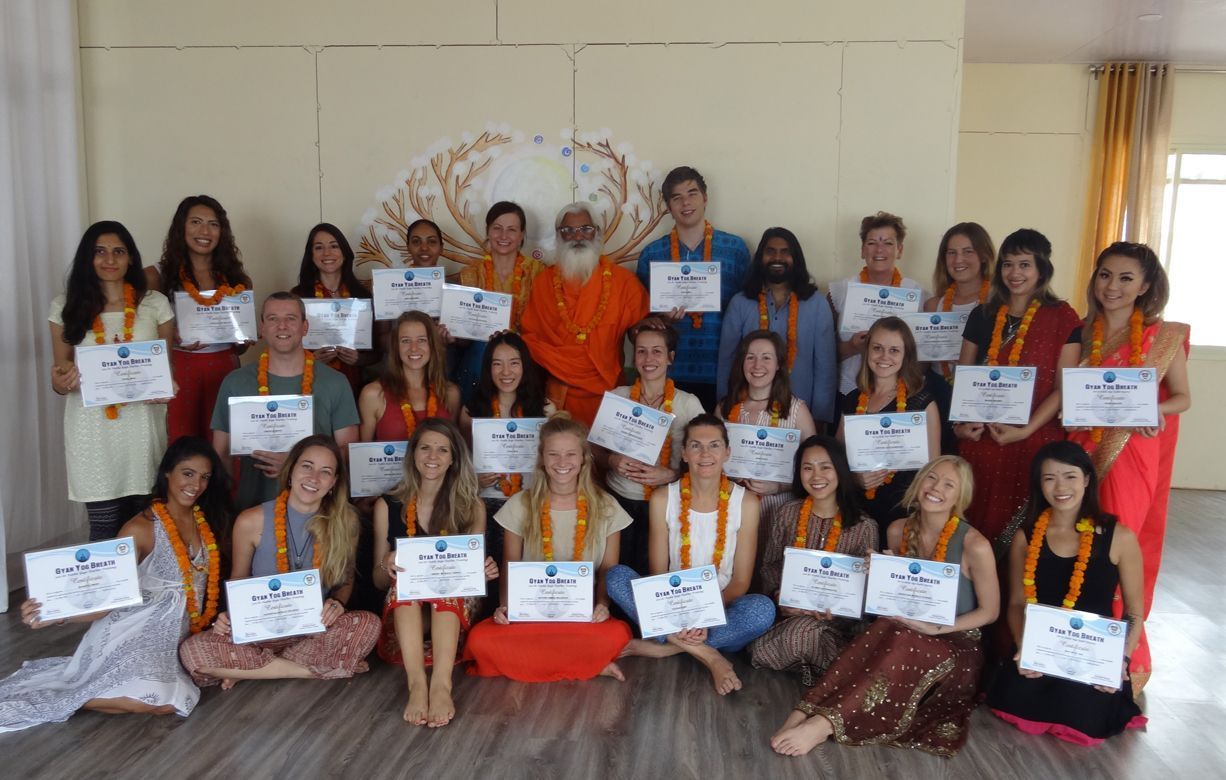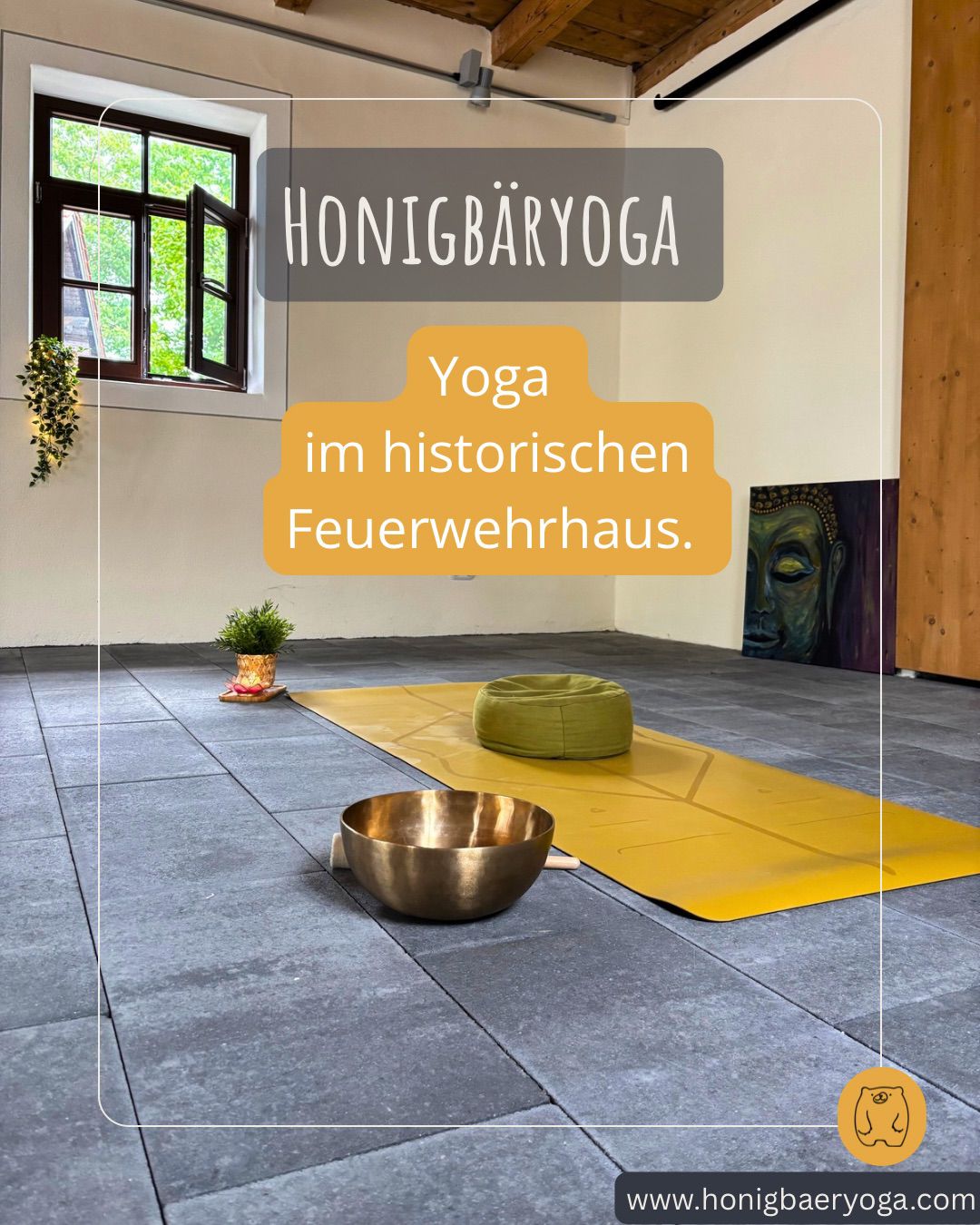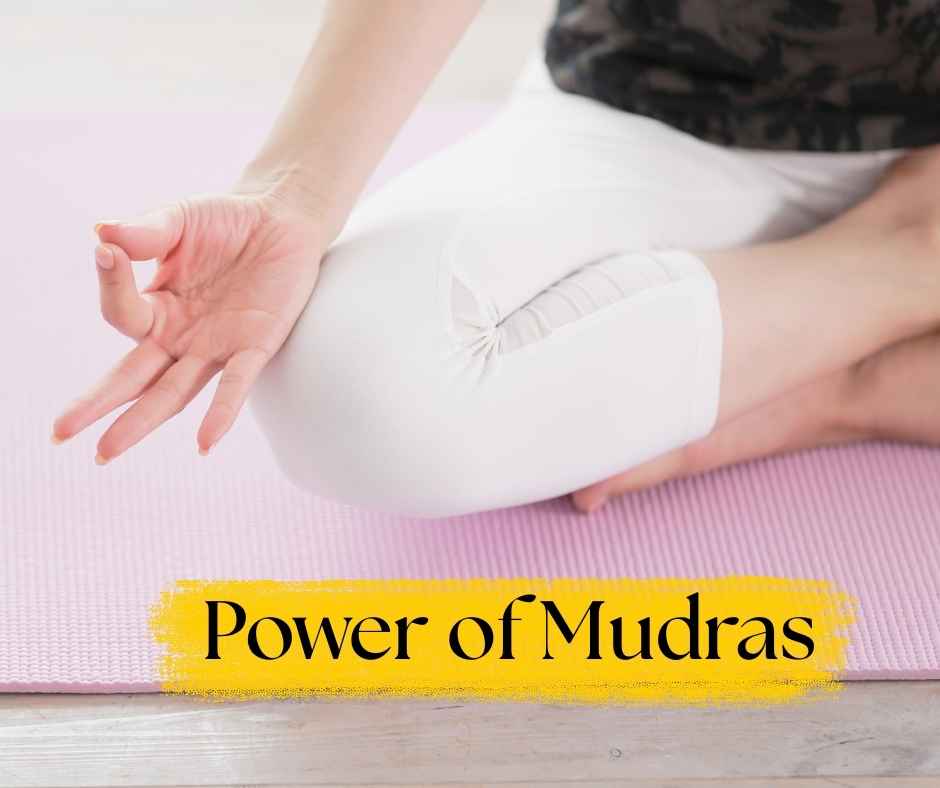
What is Gomukhasana (Cow-Face Pose)?
Gomukhasana, also known as Cow-Face Pose, is a seated yoga posture that stretches the shoulders, chest, arms, and hips. In this pose, one arm is raised overhead while the other arm is bent behind the back, with both hands trying to meet behind the back. The legs are crossed with one knee stacked on top of the other, resembling the face of a cow. Gomukhasana (Cow Face Pose) helps improve flexibility in the shoulders, relieve tension in the hips, and opens the chest, making it beneficial for those who spend long hours sitting or working at a desk. Additionally, it can help alleviate symptoms of sciatica and mild back pain. As with any yoga posture, it’s essential to practice Gomukhasana (Cow-Face Pose) mindfully and listen to your body, especially if you have any existing shoulder or hip injuries.
Step-By-Step Instructions of Gomukhasana (Cow-Face-Pose)
Here are the step-by-step instructions for practicing Gomukhasana (Cow Face Pose):
- Start by sitting comfortably on your yoga mat with your legs extended in front of you.
- Bend your knees and place your feet flat on the floor.
- Slide your left foot under your right knee and stack your left knee directly on top of your right knee.
- Ensure that both sitting bones are grounded evenly on the mat.
- Inhale as you extend your right arm overhead, reaching towards the ceiling.
- Exhale and bend your right elbow, bringing your right hand down towards the center of your upper back.
- Reach your left arm behind your back and bend your left elbow, aiming to clasp your fingers together.
- If you cannot reach your fingers, you can use a yoga strap or hold onto a towel with both hands.
- Keep your spine tall and your chest lifted as you gently press your elbows towards each other.
- Hold the pose for several breaths, focusing on deep inhales and exhales.
- Release the pose by slowly releasing your hands and uncrossing your legs.
- Repeat the pose on the opposite side, crossing your right leg under your left and stacking your right knee on top of your left knee.
Remember to approach Gomukhasana (Cow-Face Pose) with awareness and sensitivity to your body’s limits. Modify the pose as needed to ensure comfort and safety, and avoid any strain or discomfort in your shoulders, hips, or knees.
Gomukhasana (Cow-Face Pose): Variations and Use of Props
For beginners practicing Gomukhasana (Cow Face Pose), variations and props can help make the pose more accessible and comfortable. Here’s how to use a belt as a prop and explore variations:
Variations of Gomukhasana (Cow Face Pose)
- Half Gomukhasana: If clasping your hands behind your back feels challenging, you can start with Half Gomukhasana. In this variation, only one arm reaches behind the back while the other arm reaches overhead.
- Seated Gomukhasana: Instead of sitting directly on the floor, beginners can sit on a folded blanket or bolster to elevate the hips slightly. This modification can ease any discomfort in the knees or hips.
- Standing Gomukhasana: For those who find sitting on the floor uncomfortable, Gomukhasana can be practiced while standing. Stand with your feet hip-width apart and perform the arm positions as described while maintaining a tall spine.
Using Props (Belt):
- Sit comfortably on your yoga mat with your legs extended in front of you.
- If your hands cannot clasp behind your back, hold a yoga belt or strap in your bottom hand.
- Reach your top arm overhead and bend the elbow, allowing the hand to drop behind your back.
- Hold the belt with your bottom hand and reach your top hand behind your back, aiming to grasp the belt.
- Gently walk your hands closer together on the belt until you feel a comfortable stretch in your shoulders and chest.
- Maintain the pose, breathing deeply and evenly for several breaths.
- Slowly release the pose by releasing your grip on the belt and uncrossing your legs.
Using a belt can provide extra length and support, allowing beginners to gradually build flexibility and strength in the shoulders and arms. As you practice regularly, you may find that you can eventually clasp your hands behind your back without the need for a prop.
Benefits of Gomukhasana (Cow-Face Pose)
Gomukhasana, or Cow Face Pose, offers a range of physical and mental benefits:
- Improved flexibility: Gomukhasana stretches the shoulders, chest, arms, hips, thighs, and ankles, enhancing overall flexibility and range of motion in these areas.
- Shoulder opening: The pose helps release tension and tightness in the shoulders, promoting better posture and reducing the risk of shoulder injuries.
- Relieves tension: Gomukhasana alleviates stress and tension in the shoulders, neck, and upper back, helping to reduce feelings of anxiety and fatigue.
- Hip opener: The pose stretches the hips and thighs, which can help alleviate tightness and discomfort in these areas, especially for individuals who sit for long periods.
- Stimulates abdominal organs: Gomukhasana compresses the abdominal area, stimulating digestion and promoting better functioning of the digestive organs.
- Improves concentration: Practicing Gomukhasana requires focus and concentration, helping to calm the mind and improve mental clarity.
- Balances energy: The pose helps balance the energy channels (nadis) in the body, promoting a sense of equilibrium and harmony.
- Relieves sciatica: Gomukhasana can help alleviate symptoms of sciatica by stretching the piriformis muscle and reducing compression on the sciatic nerve.
- Therapeutic for back pain: Gomukhasana gently stretches the spine, relieving tension and discomfort in the lower back and promoting spinal health.
- Cultivates mindfulness: The meditative aspect of Gomukhasana (Cow-Face Pose) encourages practitioners to focus on the present moment, fostering mindfulness and inner peace
Traditional Context and Background of Gomukhasana (Cow-Face Pose)
In traditional Hatha yoga, Gomukhasana, or Cow Face Pose, holds significance beyond its physical benefits. The name “Gomukhasana” is derived from Sanskrit, with “go” meaning “cow” and “mukha” meaning “face.” This name reflects the resemblance of the legs and arms in the final pose to the face of a cow.
Historically, many yoga asanas, including Gomukhasana (Cow-Face Pose), were developed based on the observation of animals and nature. The cow, revered in Indian culture as a sacred animal symbolizing abundance and nurturing, inspired the name and symbolism of this pose.
Beyond its literal translation, Gomukhasana carries symbolic meanings related to balance, harmony, and interconnectedness. The posture is said to activate and balance the ida and pingala nadis, or energy channels, which run along the left and right sides of the body, respectively. By aligning these energy channels, practitioners aim to harmonize the body’s subtle energies and achieve a state of equilibrium.
In addition to its physical benefits, Gomukhasana (Cow-Face Pose) is associated with the opening of the heart center (anahata chakra) and throat center (vishuddha chakra). These energy centers are believed to govern emotions, communication, and self-expression. Practicing Gomukhasana may help release emotional blockages stored in these areas, promoting emotional healing and spiritual growth.
Overall, Gomukhasana (Cow-Face Pose) embodies the holistic approach of traditional Hatha yoga, integrating physical postures with spiritual symbolism and energetic alignment. Through regular practice, practitioners not only experience the physical benefits of increased flexibility and strength but also cultivate a deeper connection to themselves and the world around them.
Contra-Indications of Gomukhasana (Cow-Face Pose)
While Gomukhasana (Cow Face Pose) offers numerous benefits, it may not be suitable for everyone, especially those with certain health conditions. Some contraindications to consider before practicing Gomukhasana (Cow-Face Pose) include:
- Knee or hip injuries: Individuals with knee or hip injuries or discomfort may find Gomukhasana (Cow-Face Pose) challenging or painful, especially when attempting to stack the knees on top of each other.
- Shoulder injuries: Those with shoulder injuries, such as rotator cuff tears or shoulder impingement, should approach Gomukhasana (Cow-Face Pose) with caution. The pose involves stretching and externally rotating the shoulders, which may exacerbate existing shoulder issues.
- High blood pressure: Gomukhasana requires the arms to be raised overhead, which can increase blood pressure. Individuals with uncontrolled high blood pressure should avoid holding the arms in this position for an extended period.
- Neck injuries: People with neck injuries or cervical spine issues should avoid excessive neck movements in Gomukhasana, particularly when turning the head to gaze upward.
- Limited range of motion: Those with limited flexibility in the shoulders, hips, or knees may struggle to achieve the full expression of Gomukhasana. Modifications or props may be necessary to adapt the pose to individual needs.
- Pregnancy: Pregnant individuals, especially in the later stages of pregnancy, should avoid deep hip-opening poses like Gomukhasana (Cow-Face Pose). The pressure on the abdomen and pelvis can be uncomfortable and potentially unsafe for both the parent and the baby.
- Recent surgeries: Individuals recovering from surgeries, particularly in the hips, knees, or shoulders, should consult with their healthcare provider before attempting Gomukhasana. The pose may put stress on healing tissues and hinder the recovery process.
As with any yoga practice, it’s essential to listen to your body and honor its limitations. If you experience pain or discomfort during Gomukhasana (Cow-Face Pose) or any other pose, gently come out of the posture and seek guidance from a qualified yoga instructor or healthcare professional. They can provide personalized modifications or alternative poses that better suit your needs and abilities.
The Importance of Learning Yoga from Experienced Teachers
Learning yoga correctly from an experienced teacher is paramount to ensure a safe and effective practice. A knowledgeable instructor can provide guidance on proper alignment, breathing techniques, and modifications tailored to individual needs. This personalized approach minimizes the risk of injury and maximizes the benefits of yoga practice.
Among the many yoga schools, Gyan Yog Breath stands out as one of the most experienced. Their 200 hour yoga teacher training in India offers a comprehensive education in yoga, covering all the basics from beginner to intermediate levels. Led by experienced instructors, the program provides a structured curriculum that includes asana practice, pranayama, meditation, philosophy, and teaching methodology.
By enrolling in Gyan Yog Breath’s teacher training program, students gain invaluable insights into the principles and practices of yoga. They learn how to cultivate a safe and nurturing environment for themselves and their future students. With a focus on alignment, sequencing, and hands-on adjustments, participants develop the skills and confidence needed to lead yoga classes with skill and authenticity.







